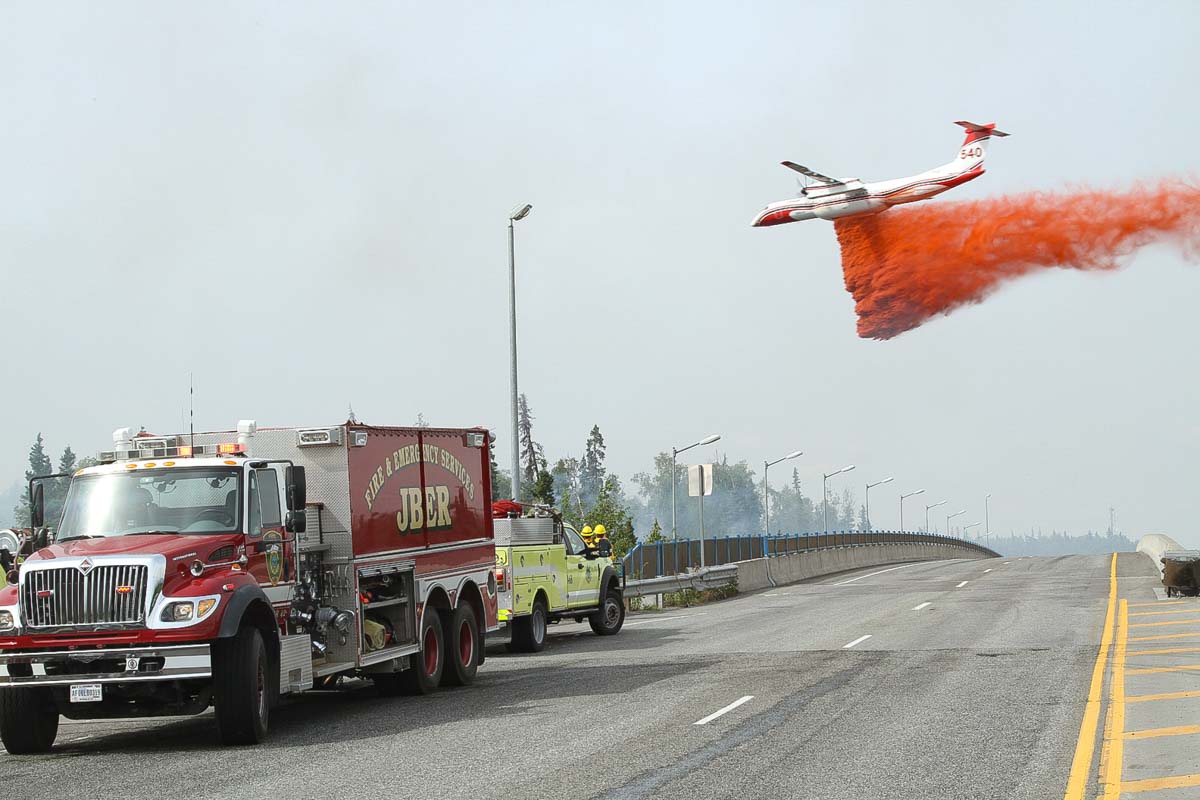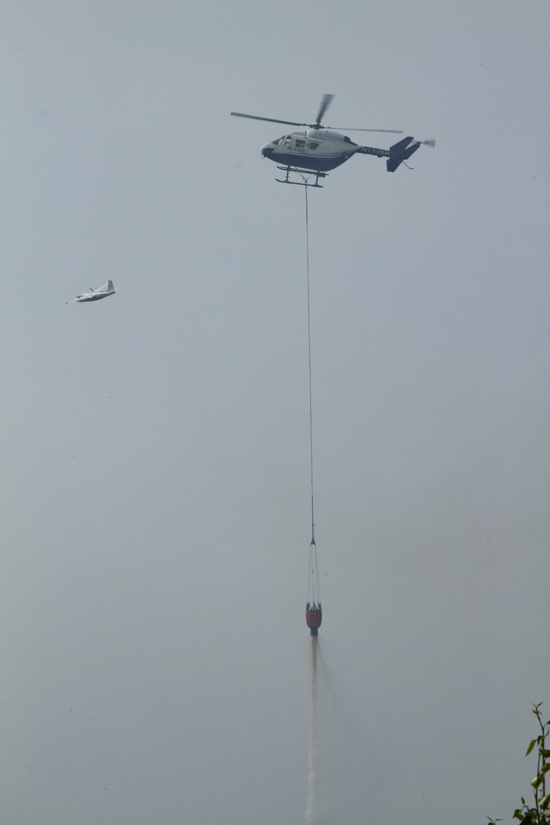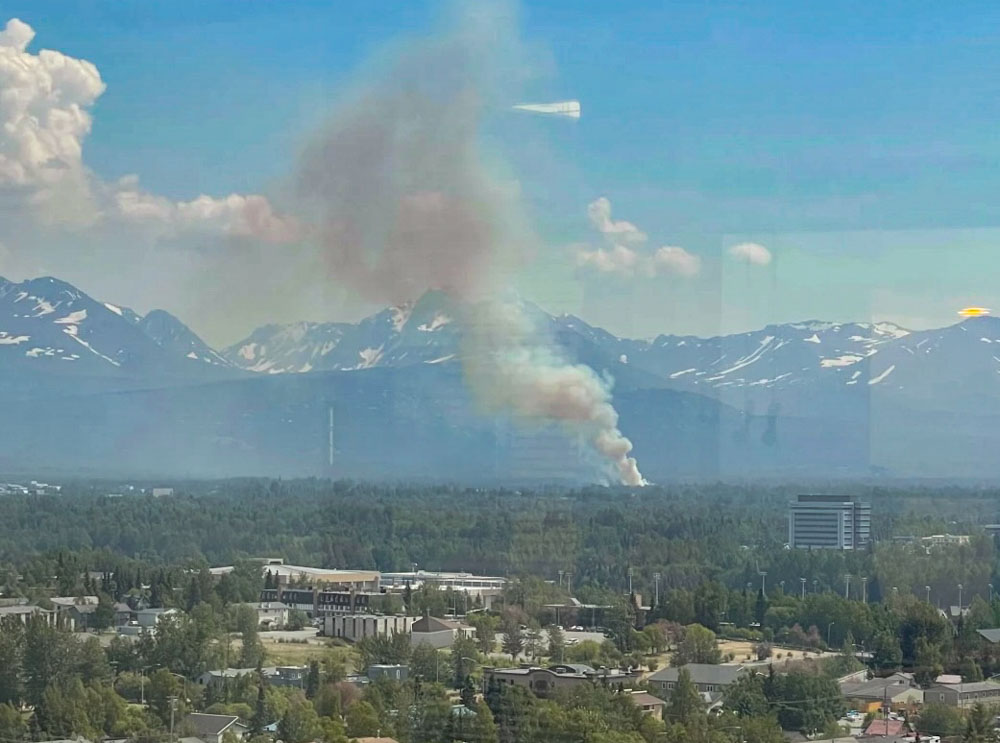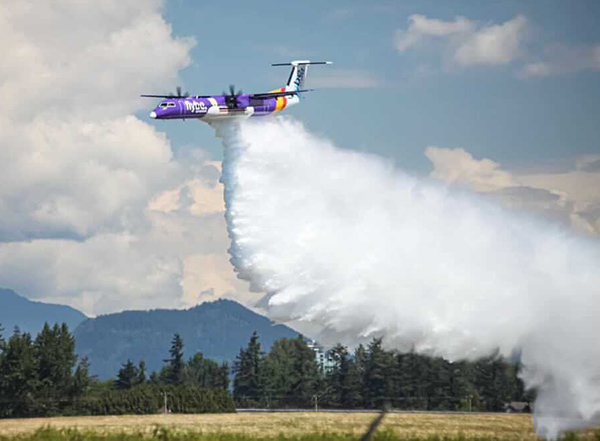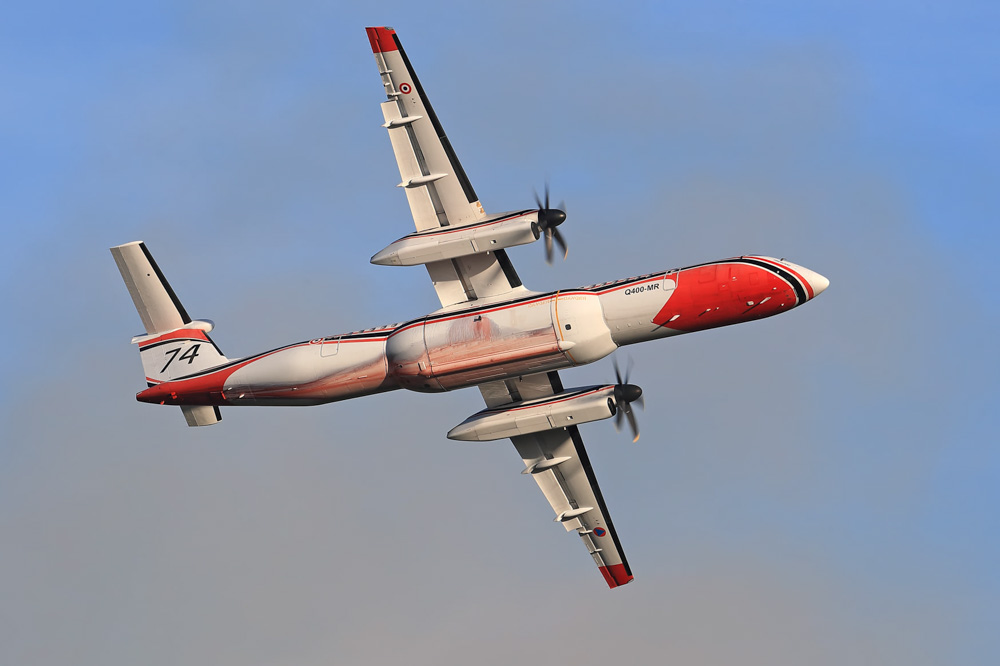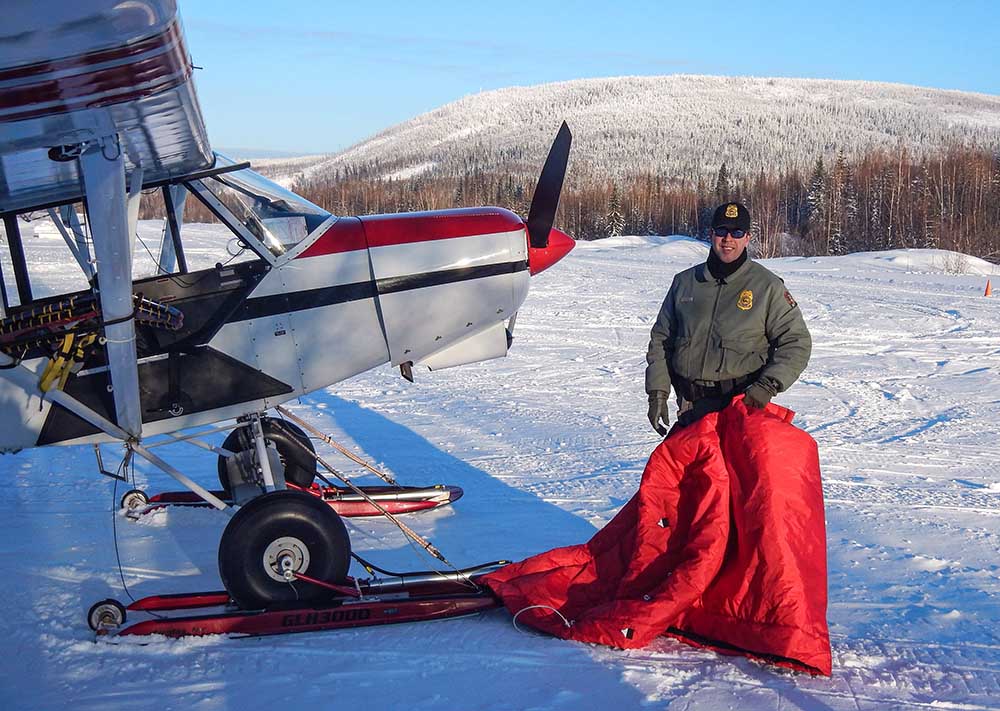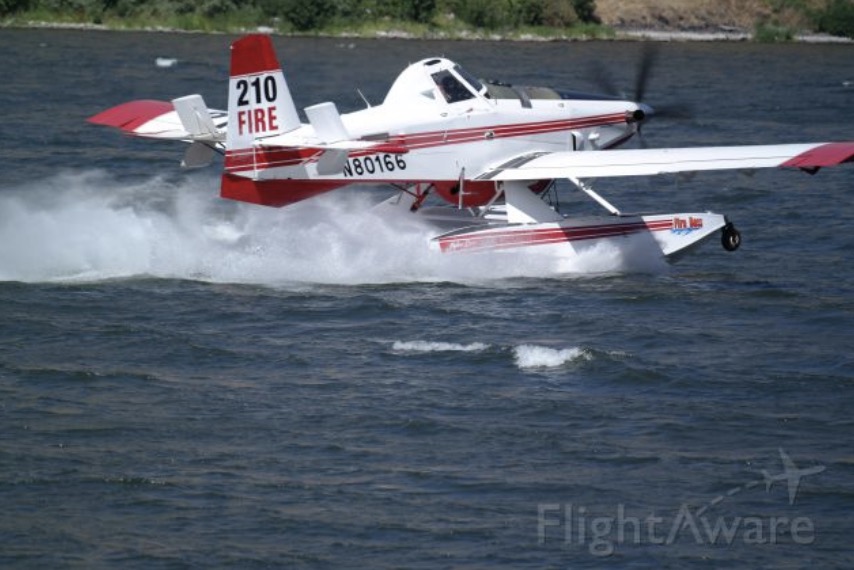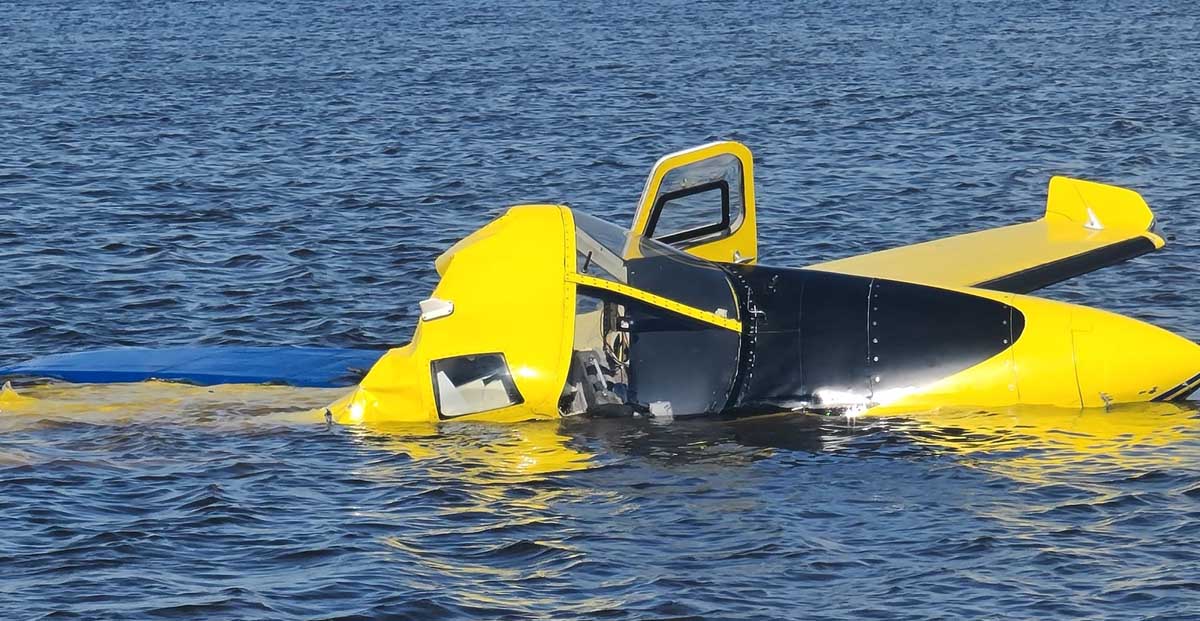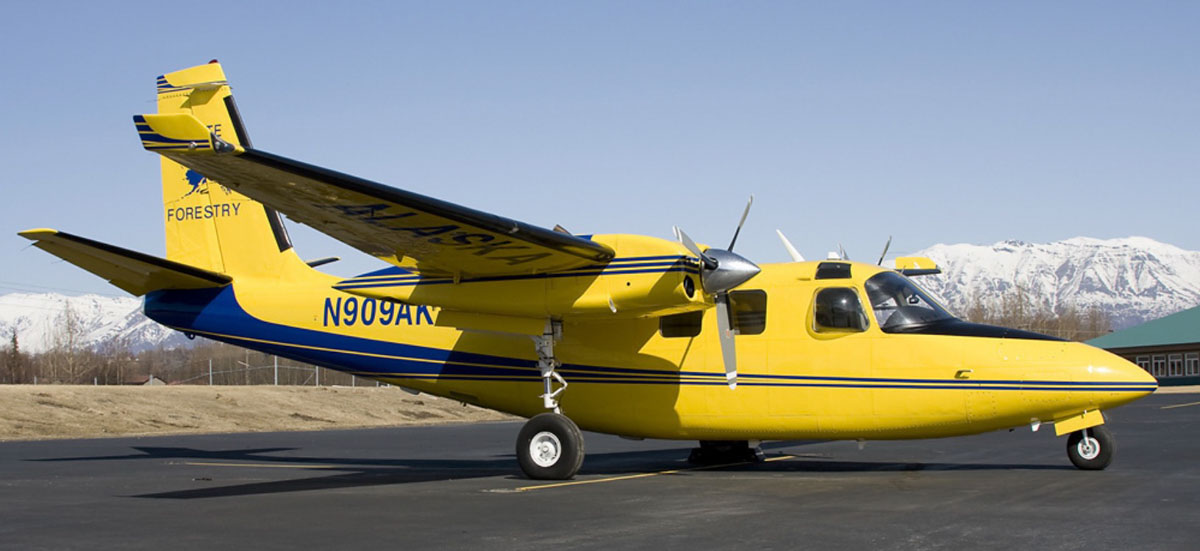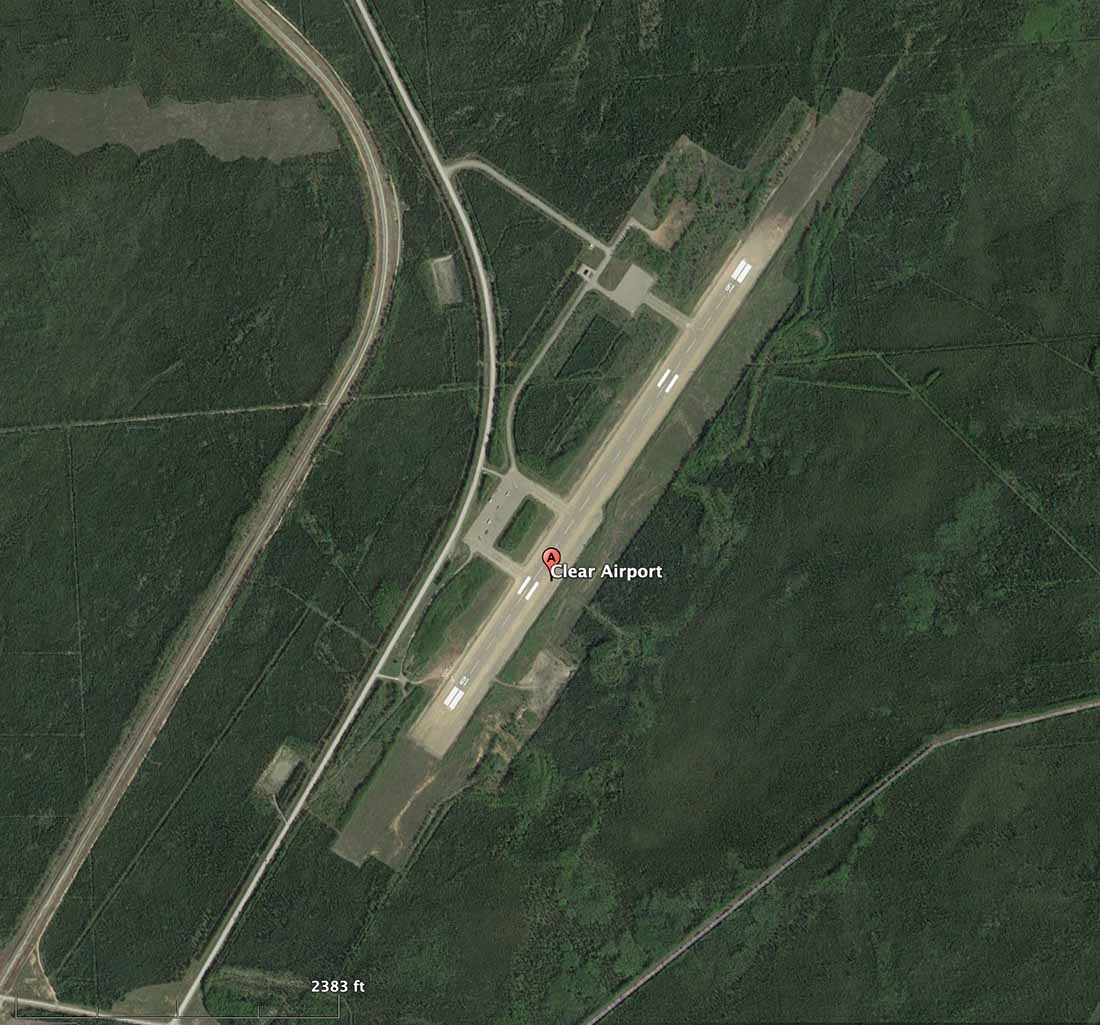
A preliminary report released by the National Transportation Safety Board indicates that before a helicopter crashed in Alaska on June 26, 2022 multiple witnesses heard a sound described as a “snap” or “bang”.
The UH-1B operated by Northern Pioneer Helicopters out of Big Lake, Alaska was attempting to assist firefighters by hauling equipment to the Clear Fire by a 125-foot long line. It was maneuvering at the Clear Airport 53 miles southwest of Fairbanks about 140 feet above the ground to have the end of the long line connected to the cargo.
Below is an excerpt from the NTSB preliminary report:
A video captured the helicopter’s final seconds before impact with the ground. The helicopter is seen hovering with the longline fully extended below the helicopter and the hook about 15 ft above the ground. As the pilot maneuvered the helicopter to hook up to the external load, a loud mechanical noise is heard, and a shudder is seen radiating through the helicopter followed by a roll to the right and a nose low descent. As the helicopter continued its nose low descent, the transmission with the rotor head and blades, along with the tail boom, separated from the helicopter before ground impact.
The pilot and sole occupant, Douglas Ritchie, 56, of Wasilla, AK, was killed in the crash.
There is a video on Instagram showing what may be the same helicopter working on another long line project in 2021.
The NTSB preliminary report is below.


